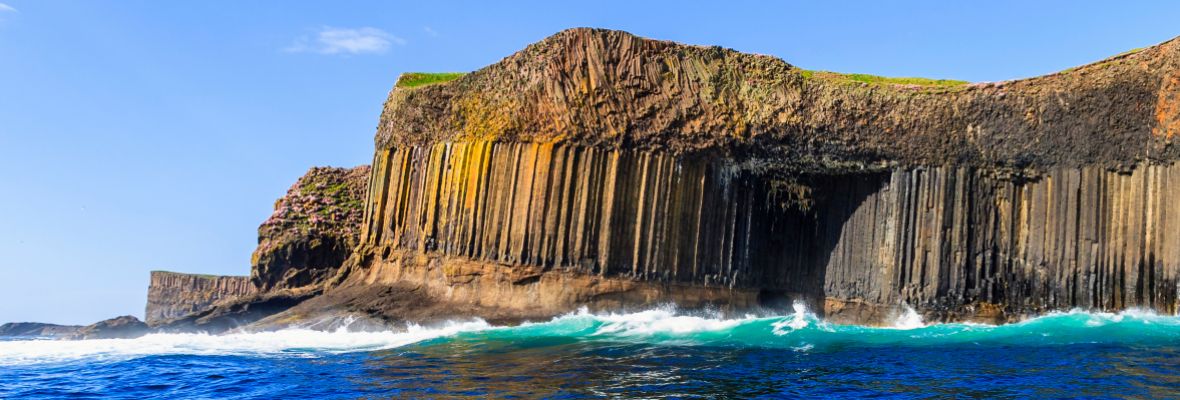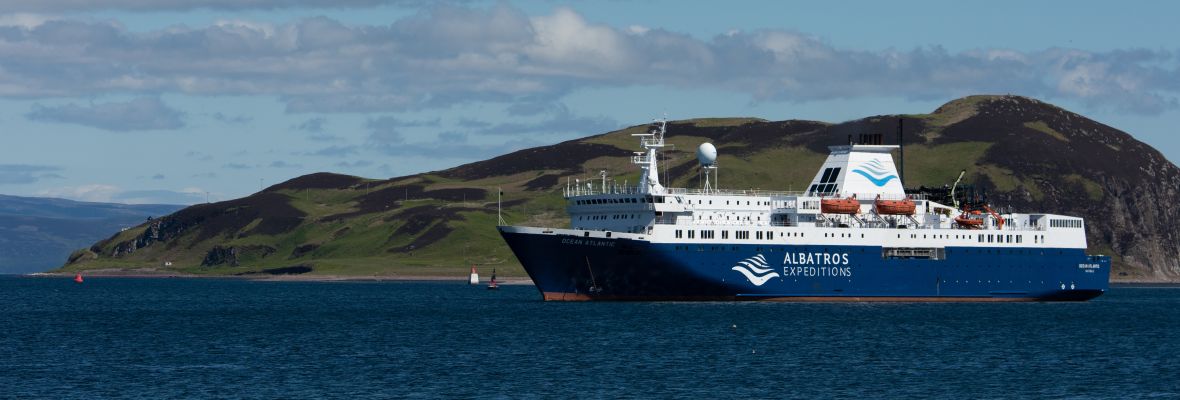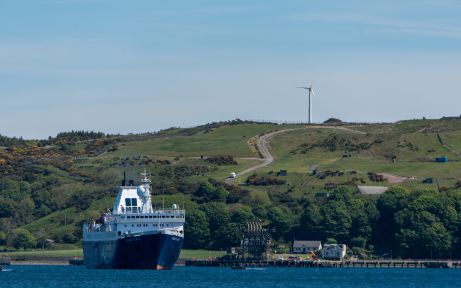Exciting changes are on the way!
As part of our merger with Polar Latitudes, we’re refreshing key elements of our website to reflect this new chapter. Discover more in our latest news update.
Explore our expedition voyages to Scotland, all designed to engage your heart, mind, and spirit through the duration of the journey.
Visit Scotland's highlands and lowlands with serrated mountains, grassy hills with roaring sheep, low-hanging clouds, and mirror-shiny lakes.
Scotland is the homeland of the kilt and the bagpipe, and this is where you get the golden drops of the famous Scotch whiskey. Some have sweetness and taste of flowers; others taste smoky or a bit like medicine.
The secret behind the Scottish whiskey is the clean, soft water, the cool climate, the protein-rich malt and the smoked peat - and so many years of experience.
Area of Scotland
Population of Scotland
Facts about Scotland
- that Scotland has the highest proportion of redheads globally, with 13% of the population having red hair?
- that the University of St. Andrews is Scotland's oldest university and the third oldest in the English-speaking world?
- Scotland
- Europe









